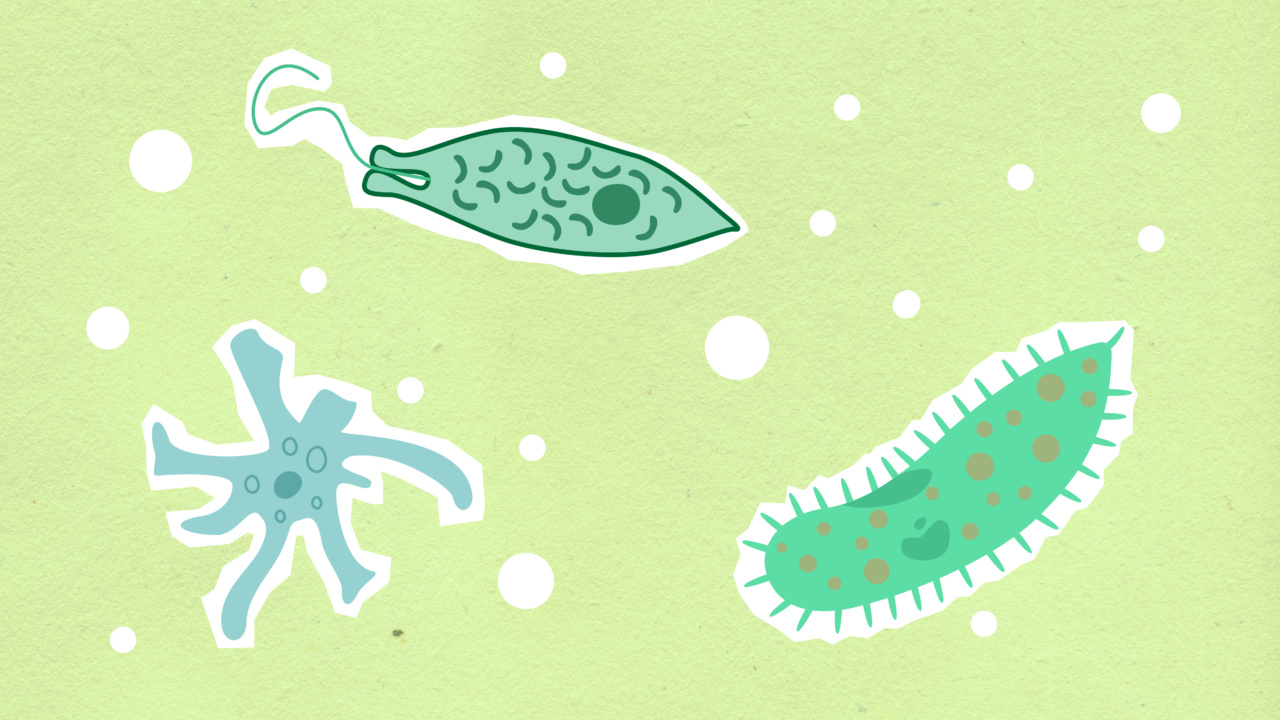Cell regeneration is a complex process that requires the coordinated efforts of various cellular components, including antigens.
Antigens are substances that trigger an immune response within the body, and their changes play a crucial role in the regulation of cell regeneration. By visualizing antigenic changes, scientists can gain valuable insights into the mechanisms behind cell regeneration and potentially develop new therapeutic approaches to enhance this process.
In this article, we will explore the importance of visualizing antigenic changes for cell regeneration and discuss the potential applications of this research.
Understanding Antigenic Changes
Antigenic changes refer to alterations in the structure or expression of antigens on the surface of cells. These changes can occur under various physiological and pathological conditions, such as inflammation, tissue injury, or disease.
By detecting and visualizing these changes, researchers can gain a better understanding of the immune response and cellular dynamics during the process of cell regeneration.
The Role of Antigenic Changes in Cell Regeneration
Antigenic changes are closely linked to cell regeneration processes. They can act as signals that regulate the recruitment and activation of immune cells to the sites of tissue damage or injury.
Immune cells, such as macrophages and T cells, recognize specific antigens and initiate a cascade of cellular events that promote tissue repair and regeneration.
Visualizing antigenic changes allows researchers to map the dynamics of immune cell infiltration and activation during cell regeneration.
By understanding the spatiotemporal distribution of immune cells, scientists can identify key checkpoints and factors that influence the efficiency and effectiveness of tissue repair processes. This knowledge can ultimately guide the development of therapeutic strategies to enhance cell regeneration in various pathological conditions, such as wound healing or organ regeneration.
Techniques for Visualizing Antigenic Changes
Several techniques have been developed to visualize antigenic changes in cells and tissues. These techniques enable researchers to identify specific antigens and track their expression patterns over time. Here are some commonly used methods:.
1. Immunohistochemistry
Immunohistochemistry (IHC) is a technique that utilizes specific antibodies to detect and visualize antigens in tissue sections. This method involves the use of fluorescent or enzymatic detection systems to label target antigens.
By staining tissues with specific antibodies against antigens of interest, researchers can analyze the distribution and localization of these antigens within the tissue.
2. Flow Cytometry
Flow cytometry is a powerful technique that allows the simultaneous analysis of multiple antigens in single cells. It involves the staining of cells with fluorescently labeled antibodies and the analysis of the emitted signals using flow cytometers.
This technique provides quantitative data on the expression levels of specific antigens and can be used to characterize different immune cell populations during cell regeneration.
3. Multiplex Immunofluorescence
Multiplex immunofluorescence combines the principles of immunohistochemistry with the versatility of fluorescent probes.
This technique allows the simultaneous detection of multiple antigens in tissue sections, enabling the visualization of complex cellular interactions during cell regeneration. Multiplex immunofluorescence can provide valuable insights into the spatial relationships between different cell populations and their antigenic changes.
Applications of Visualizing Antigenic Changes for Cell Regeneration
The visualization of antigenic changes has numerous applications in the field of cell regeneration. Here are a few examples:.
1. Wound Healing
Understanding the immune response and antigenic changes during wound healing is essential for developing effective therapies.
Visualizing the recruitment and activation of immune cells at the wound site can provide insights into the factors that promote or inhibit tissue repair. This knowledge can be used to develop targeted interventions to enhance wound healing processes.
2. Organ Regeneration
Organ regeneration is a complex process that requires the coordination of multiple cell types. Visualizing antigenic changes can help identify key immune cell populations involved in the regenerative process.
By characterizing the dynamics of immune cell infiltration and antigen expression patterns, researchers can develop strategies to modulate the immune response and promote organ regeneration.
3. Disease Pathogenesis
Visualizing antigenic changes can also shed light on the underlying mechanisms of various diseases.
By analyzing changes in the expression patterns of specific antigens, researchers can gain insights into the cellular processes and immune responses that drive disease progression. This knowledge can contribute to the development of targeted therapies for a wide range of pathological conditions.
Conclusion
Visualizing antigenic changes is a valuable tool for understanding the mechanisms behind cell regeneration.
By tracking the expression patterns of specific antigens, researchers can gain insights into the immune response and cellular dynamics that drive tissue repair and regeneration. The techniques discussed in this article, such as immunohistochemistry, flow cytometry, and multiplex immunofluorescence, have enabled researchers to unravel the complex interactions between immune cells and antigens during cell regeneration.
This knowledge has important implications for the development of novel strategies to enhance tissue repair and regeneration in various pathological conditions.






























